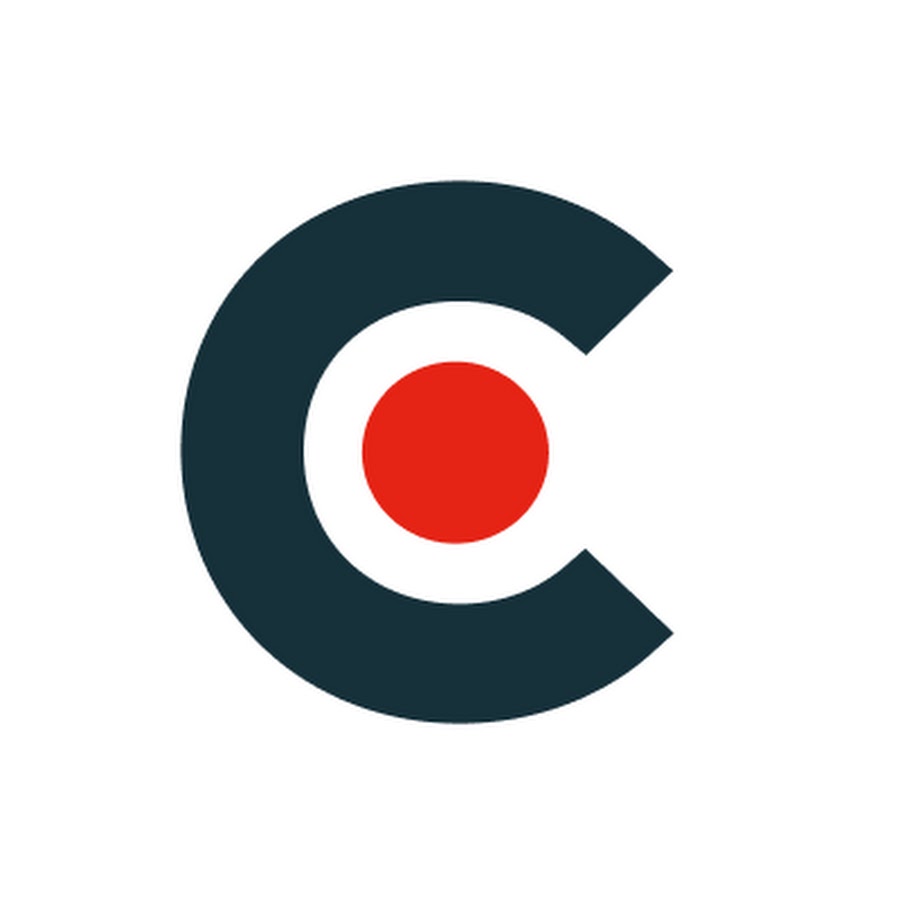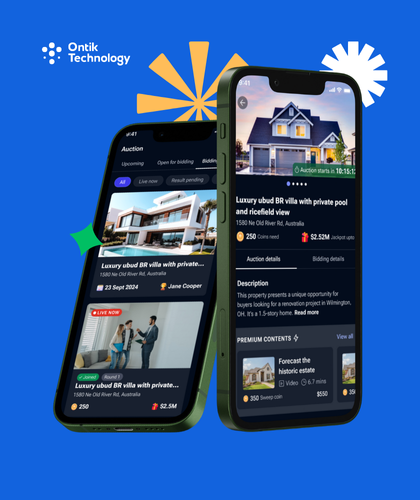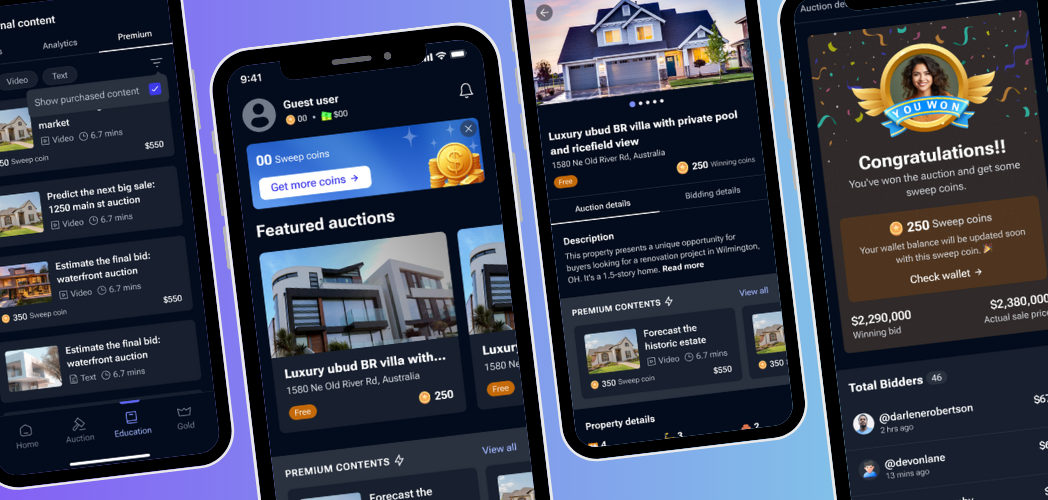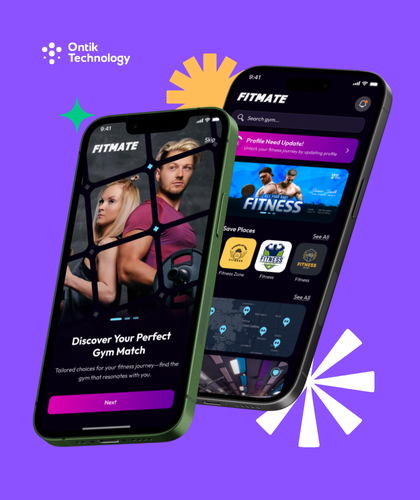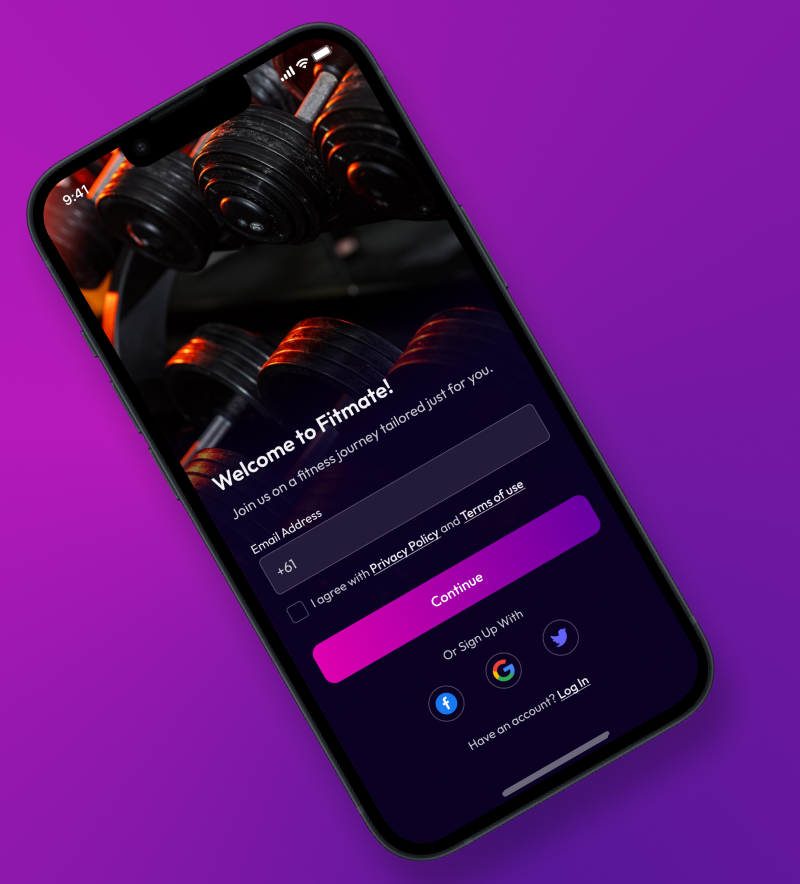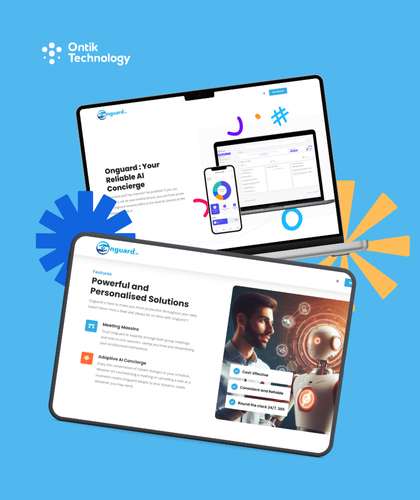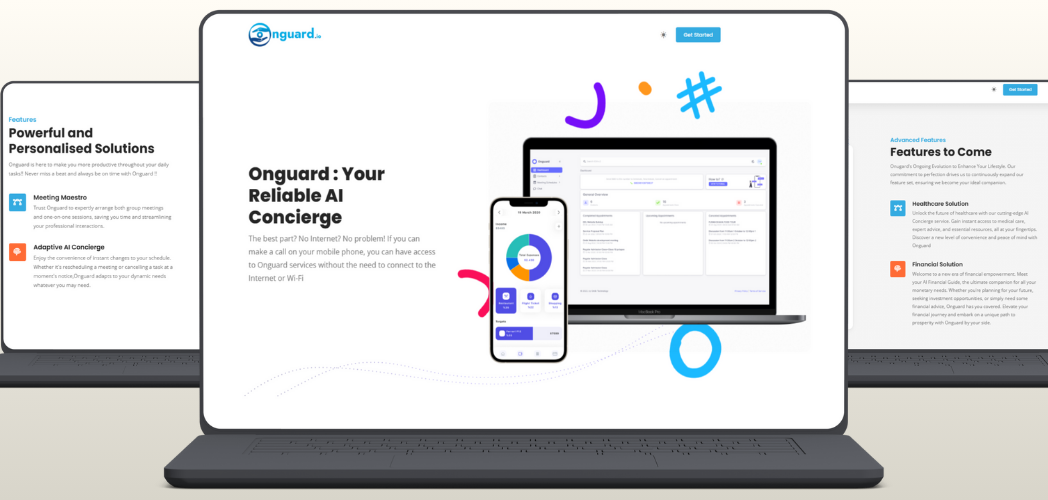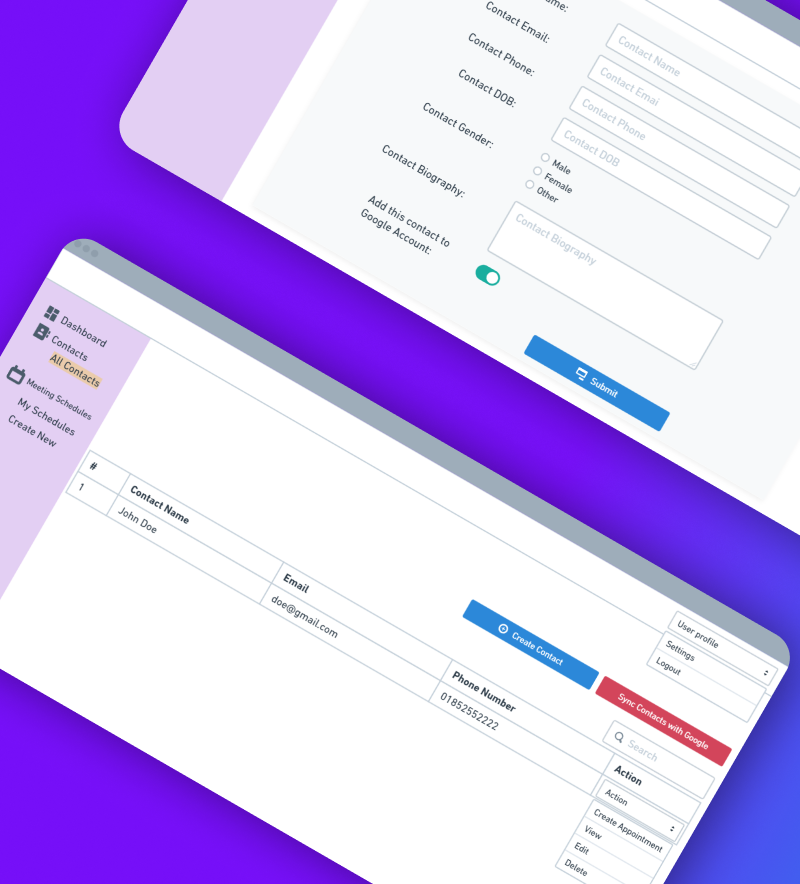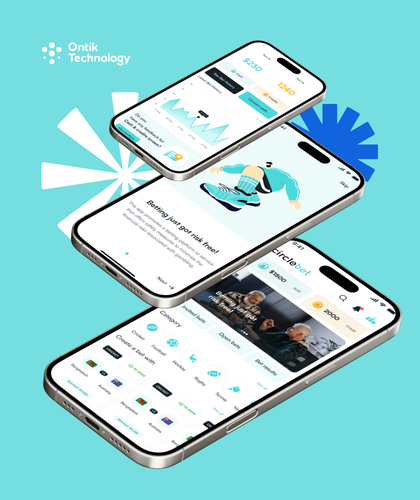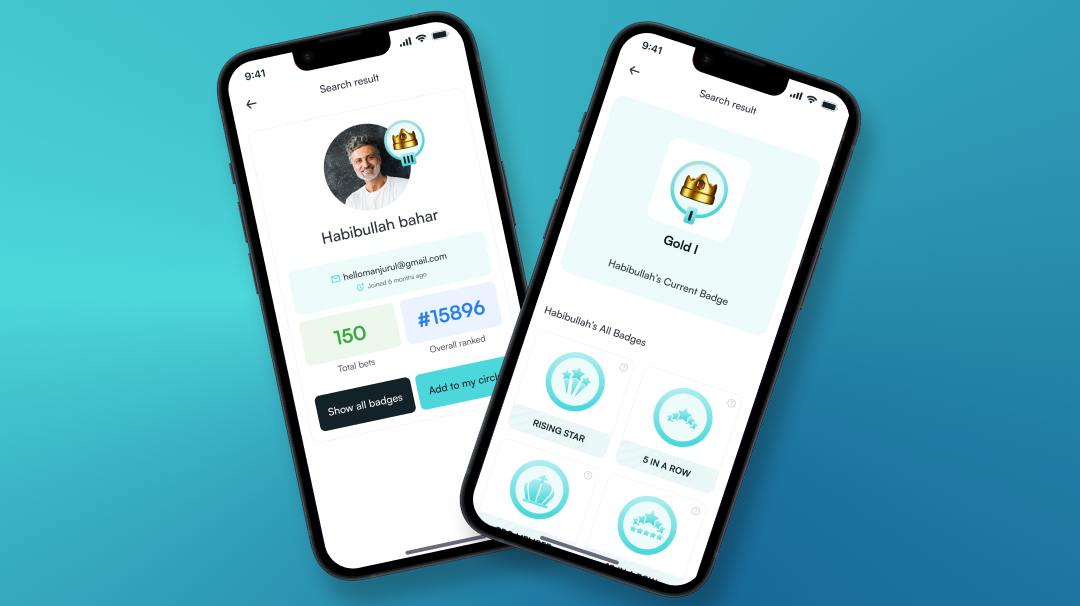Project Overview
CircleBet is an innovative startup developing a social betting platform where users can create and engage in betting challenges with their friends or social network, without the need for traditional betting houses. The idea is to democratize the betting experience by making it peer-to-peer and community-driven. CircleBet partnered with Ontik Technology to build their Minimum Viable Product (MVP), which would serve as a proof of concept for investors and early adopters. Ontik’s role encompassed establishing CircleBet’s brand identity and design, selecting the appropriate technology stack, developing the mobile app (and supporting backend), and rigorously testing the product. The resulting MVP app allowed users to easily propose bets on anything (sports, games, personal challenges), invite friends to participate, set terms, and use a secure escrow and payment system for wagers – all in a fun, intuitive interface. By removing bookmakers from the equation, CircleBet’s platform enables direct betting among friends, bringing a social and transparent twist to the betting industry.
Key Metrics
- Completed the end-to-end development of the MVP within the startup’s targeted timeframe, allowing CircleBet to begin beta testing and demonstrations on schedule.
- Implemented a secure peer-to-peer payment system (leveraging Stripe Connect) that ensures 100% compliance with transactional safety standards for handling users’ wager funds.
Project Scope
- Social Betting Mechanics: Built the core functionality for users to create custom bets and invite others. This included a bet creation workflow (defining the bet description, terms, and stakes), an invitation system to challenge friends, and an interface to accept or decline bets. A real-time feed lets users see ongoing bets and results within their circle, enhancing engagement.
- Peer-to-Peer Payment Handling: Integrated Stripe Connect to manage wager transactions securely. When users place bets, funds are held in escrow and, once the outcome is decided, the system automatically transfers winnings to the victor’s account. This removed the need for a “house” and ensured trust among users that payouts are handled fairly and transparently.
- Community and Profiles: Developed user profile features and social connectivity. Users can add friends, view each other’s betting history and stats (win/loss record, points or reputation score), and communicate about bets. This social layer encourages friendly competition and recurring engagement on the platform.
- Admin and Compliance Tools: Although primarily a mobile app, an admin interface or tools were created to oversee the system – e.g., to review reported bets (for inappropriate content), manage user disputes, and ensure compliance with any legal regulations for peer betting. Emphasis was placed on security (with user identity verification steps) and ensuring the app meets local guidelines for lawful social betting.
- Branding & UI/UX Design: Produced a comprehensive brand guideline for CircleBet, including logo design, color palettes, and tone of voice for messaging. Ontik’s design team then applied this branding to craft an intuitive UI for the app, focusing on a playful yet secure look-and-feel. This covered everything from the bet creation screens to the animation of showing a win/loss outcome, delivering a polished user experience in the MVP.
Project Workflow for Seamless Delivery
Brand Guideline Creation
Ontik started by developing CircleBet’s brand identity. Through a series of creative workshops with the client, we defined the brand’s personality (fun, competitive, and trustworthy). We produced a brand guideline document covering the logo, app icon, color scheme, typography, and sample usage. This ensured that all visual and written materials for CircleBet remained consistent and professional. Early UI sketches and mood boards for the app were also created to align the team on the envisioned style.
Technology Selection & Planning
Next, we evaluated technology options for the app’s development. Given the need for real-time updates and a reliable backend to handle transactions, we chose a stack of Next.js for any web interfaces and Node.js for the backend API, with MySQL for the database and Redis for caching live data (like active bets). We designed the system architecture, including how the mobile front-end would communicate with the backend. A development plan was then drafted, breaking down features (bet creation, payments, notifications, etc.) into a sequence of milestones for the MVP.
MVP Development
Ontik’s engineers proceeded to develop the mobile application and backend in parallel. On the frontend, we implemented all major screens: user onboarding, friend list, create a bet wizard, bet feed, and notifications. On the backend, we set up secure RESTful APIs for bet management, user profiles, and payment processing. The team also integrated external services: Stripe/Stripe Connect for handling the monetary transactions between users, and cal.com’s API was utilized to integrate a calendar or scheduling component (e.g., possibly to set deadlines for when a bet’s outcome should be decided – this ensured bets have a clear time frame and automated resolution triggers). Regular builds of the app were shared with CircleBet for feedback. Ontik remained in close communication, adapting the scope as needed to meet MVP priorities.
Testing & QA
Quality assurance was critical given the real-money aspect of the app. Ontik wrote automated test suites (using Playwright and other tools) to run through critical flows like placing a bet, accepting a bet, and the payout process – verifying that funds moved correctly and outcomes recorded accurately. We also conducted rigorous manual testing to simulate user interactions in a social context (multiple users betting in a group) and to ensure the app remained stable. Security testing was performed on the payment flow to prevent any vulnerabilities. Finally, we had a small group of internal testers beta test the app in “real-world” scenarios, which helped refine the user experience and fix any final bugs before release.
Deployment & Launch Prep
With a polished MVP in hand, Ontik assisted CircleBet in preparing for launch. We deployed the backend on AWS, ensuring scalability for initial user acquisition. The mobile app was readied for distribution – if it was a web-based hybrid app, it would be accessible via web; if it was truly mobile native, we guided them on publishing to app stores (though as an MVP, sometimes distribution might be limited to test users). We also provided the client with documentation on the system and trained them on the admin tools to monitor activity. At this stage, CircleBet could use the MVP for pitching to investors or onboarding a closed group of beta users. Ontik stood by during the beta launch period to quickly address any issues.
Results
Ontik Technology successfully delivered CircleBet’s MVP, which empowered the startup to move forward confidently in the social betting market. The collaboration resulted in a fully functional app that demonstrated the core concept: users could challenge friends to bets and handle wagers entirely through the platform. This proof-of-concept was crucial for CircleBet to attract interest – indeed, with the MVP, the founders were able to begin beta testing with a select community and showcase the product to potential investors and partners. The seamless user experience and polished design of the app were frequently cited as strong points, helping a novel concept gain user trust quickly. The technical foundations laid by Ontik (robust backend, secure payment integration, scalable architecture) ensured that the platform remained stable even as more users joined during the beta. As a result, CircleBet entered its next phase with a viable product and real user feedback. Furthermore, the brand guideline and design system provided by Ontik equipped CircleBet with a professional image from the outset, which is often a challenge for early-stage startups. In summary, the project’s outcome was a success: an MVP delivered on time, meeting all key requirements, and positioning CircleBet to accelerate its go-to-market plans with a tested, investor-ready product.
Final Output
A fully tested and deployed MVP of the CircleBet social betting platform. The final output included the mobile application (with core social betting features operational), a set of brand and design assets establishing CircleBet’s identity, and the backend infrastructure necessary to support user sign-ups, bet transactions, and payouts. With this MVP, CircleBet was able to launch a beta program and demonstrate a working product, marking an essential step toward its full market launch.
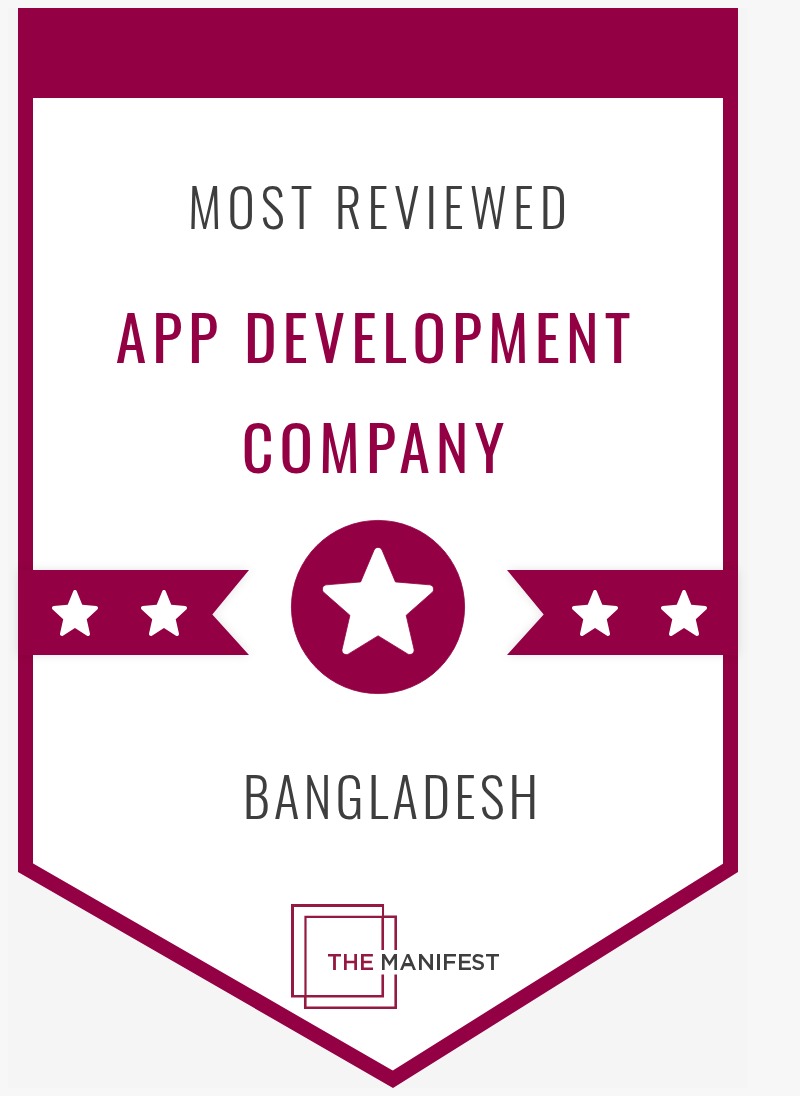

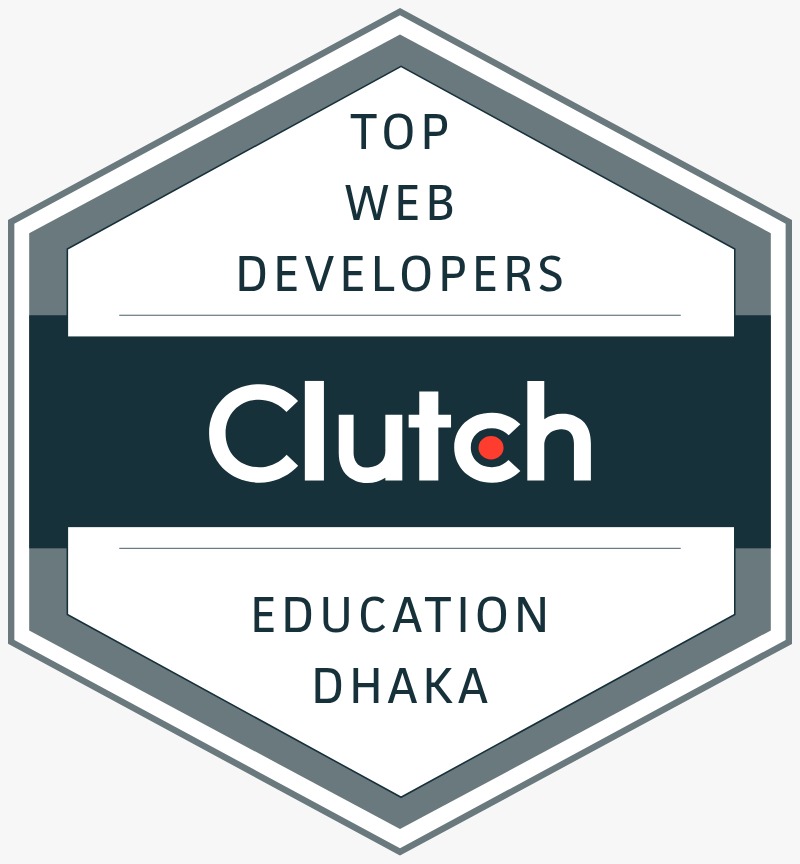







.svg)
.svg)








.svg)

























































